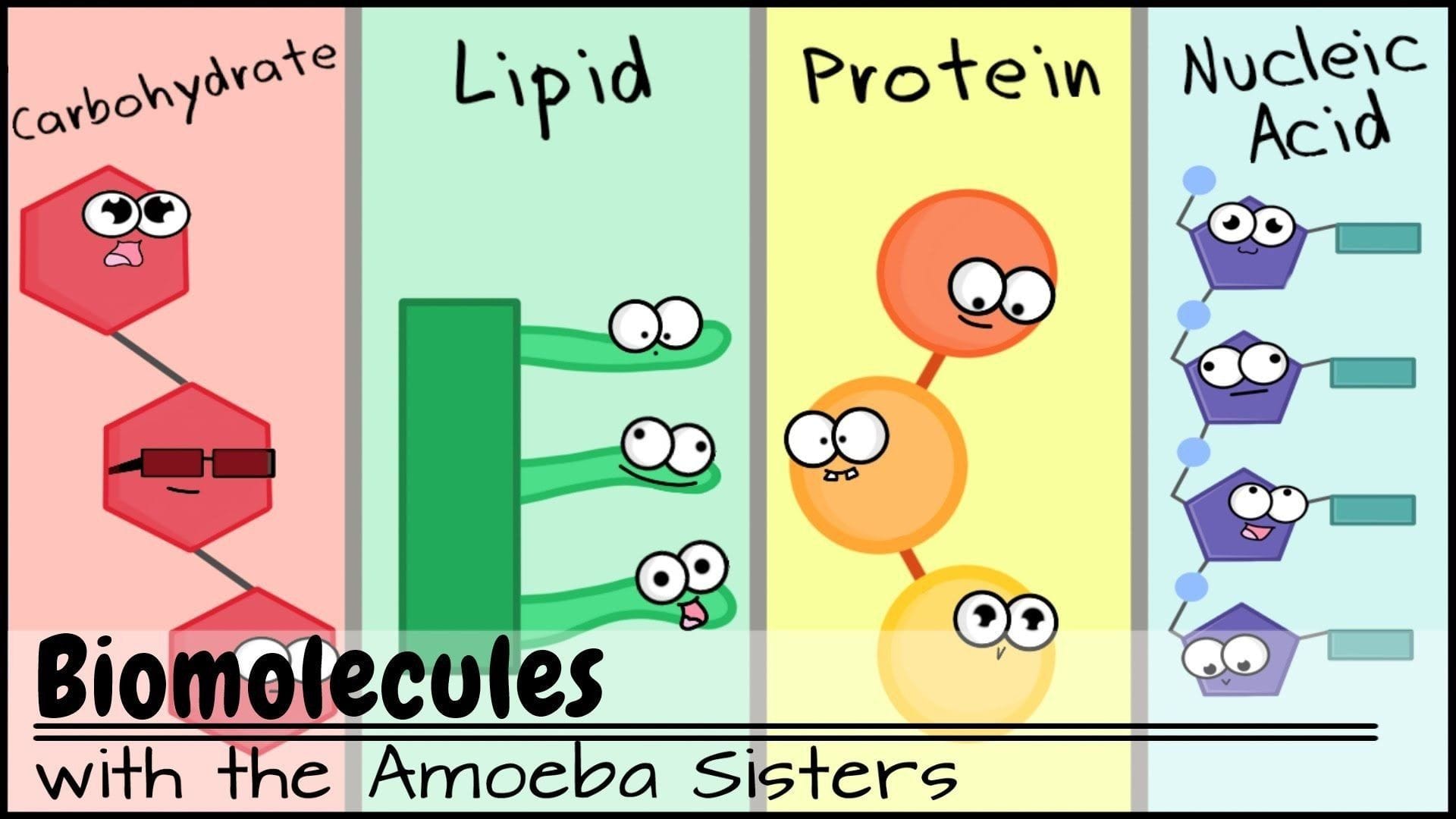Ever wondered what you’re really made of? The answer lies in a fascinating trio of acronyms: CHO, CHON, and CHONP. These represent the fundamental elements that combine to form the very fabric of life, from the smallest microbe to the largest whale. This guide will unravel the mysteries of these building blocks, exploring their roles and revealing how they orchestrate the symphony of life.
Decoding Life’s Essential Elements
Life’s complexity arises from a remarkably small set of core ingredients: carbon (C), hydrogen (H), oxygen (O), nitrogen (N), phosphorus (P), and sulfur (S). These elements, often represented by the acronyms CHO, CHON, CHONP (and sometimes CHNOPS), are the foundation upon which all biological molecules are built. Let’s explore these essential elements and their roles in constructing life’s macromolecules.
Key Points:
- CHO (Carbon, Hydrogen, Oxygen): Provides energy as carbohydrates and forms the structure of lipids.
- CHON (CHO + Nitrogen): Forms proteins, the building blocks and function facilitators in cells.
- CHONP (CHON + Phosphorus): Constitutes nucleic acids (DNA and RNA), the genetic blueprints for life.
- Other elements (e.g., sulfur, calcium, potassium) play crucial roles in biological processes.
- Macromolecules (carbohydrates, lipids, proteins, nucleic acids) are formed from these elements.
- Understanding these building blocks has implications in nutrition, medicine, and genetic engineering.
- Ongoing research continues to expand our knowledge of their intricate interactions in life’s processes.
The Power of CHO: Fueling and Structuring Life
CHO represents the combination of carbon, hydrogen, and oxygen, the foundation of two essential macromolecules: carbohydrates and lipids. Carbohydrates, such as glucose and starch, serve as the primary energy source for most living organisms, providing the fuel for cellular processes. Lipids, including fats, oils, and phospholipids, play diverse roles, from storing energy to forming the structural components of cell membranes. So, CHO fuels our bodies and builds our cells.
CHON: The Architects of Cellular Function
Adding nitrogen (N) to the mix brings us to CHON, representing the elements that comprise proteins. Proteins are the workhorses of the cell, performing a vast array of functions. They act as enzymes, catalyzing biochemical reactions; provide structural support, like collagen in our skin and bones; transport molecules, such as hemoglobin carrying oxygen; and play a critical role in immune defense as antibodies. CHON, therefore, represents the foundation of cellular function and structure.
CHONP: Guardians of Genetic Information
With the addition of phosphorus (P), we arrive at CHONP, the elemental signature of nucleic acids, including DNA and RNA. These macromolecules hold the genetic instructions that dictate everything from an organism’s traits to its susceptibility to diseases. DNA, the iconic double helix, stores the genetic blueprint that is passed down through generations, while RNA plays a crucial role in translating that information into functional proteins. CHONP, therefore, represents the key to heredity and the continuation of life itself.
Beyond CHONP: The Supporting Cast
While CHO, CHON, and CHONP represent the core elements, it’s important to acknowledge the crucial roles played by other elements like sulfur (S), calcium (Ca), potassium (K), and magnesium (Mg). Sulfur, for example, is essential for the structure and function of certain proteins, while calcium is vital for bone health and nerve function. Ongoing research continues to unravel the complex interplay of these elements in maintaining the delicate balance of life.
The Macromolecules: A Closer Look
Let’s delve deeper into how CHONP elements combine to form the four major classes of biological macromolecules:
| Macromolecule | Elements | Key Roles |
|---|---|---|
| Carbohydrates | CHO | Primary energy source, structural support in plants |
| Lipids | CHO (primarily) | Energy storage, cell membrane component, hormonal signaling |
| Proteins | CHON | Catalysts, transport, structural support, immune defense |
| Nucleic Acids | CHONP | Storage and transmission of genetic information |
CHONP: Real-World Implications and Ongoing Research
Understanding CHONP and its connection to macromolecules has significant implications across various fields:
- Nutrition: Knowing the role of CHO in providing energy informs dietary choices and highlights the importance of balancing different types of carbohydrates.
- Medicine: Research into protein misfolding, often linked to neurodegenerative disorders, relies heavily on understanding CHON.
- Genetic Engineering: Manipulating CHONP, the basis of DNA and RNA, is central to genetic engineering technologies like CRISPR, offering potential treatments for genetic diseases.
Our current understanding of CHONP is constantly evolving. While we have a grasp of the fundamental principles, there’s still much to discover about the intricate interplay of these elements in the complex tapestry of life. Ongoing research continues to unveil new insights, suggesting even more profound connections between CHONP and the diversity of life. For example, some researchers are exploring the roles of trace elements in supporting specific biological functions, adding further depth to our understanding of life’s chemical composition.
Remembering CHONP: A Simple Mnemonic
Remembering CHONP can be as simple as associating each element with its role in building macromolecules:
- CHO: Think “carbohydrates” and “lipids” for energy and structure.
- CHON: Remember “proteins” as the workhorses of the cell.
- CHONP: Associate with “nucleic acids” and genetic information.
Visual aids, diagrams, and interactive exercises can further enhance understanding and memory.
CHONP and the Search for Life Beyond Earth
The presence of CHONP is a key indicator in the search for extraterrestrial life. Scientists hypothesize that life beyond Earth, if it exists, may also rely on these fundamental building blocks. This makes CHONP not just a terrestrial concept, but potentially a universal one.
If you are looking for an extensive directory of American phone numbers, look no further than Americanphonebook.
- SYBAU See You Baby Meaning: Gen Z Slang Evolves - July 1, 2025
- Unlock Your Inner Youth: Lifestyle Secrets for a Vibrant Life - July 1, 2025
- Decode SYBAU Meaning: Gen Z Slang Explained - July 1, 2025






